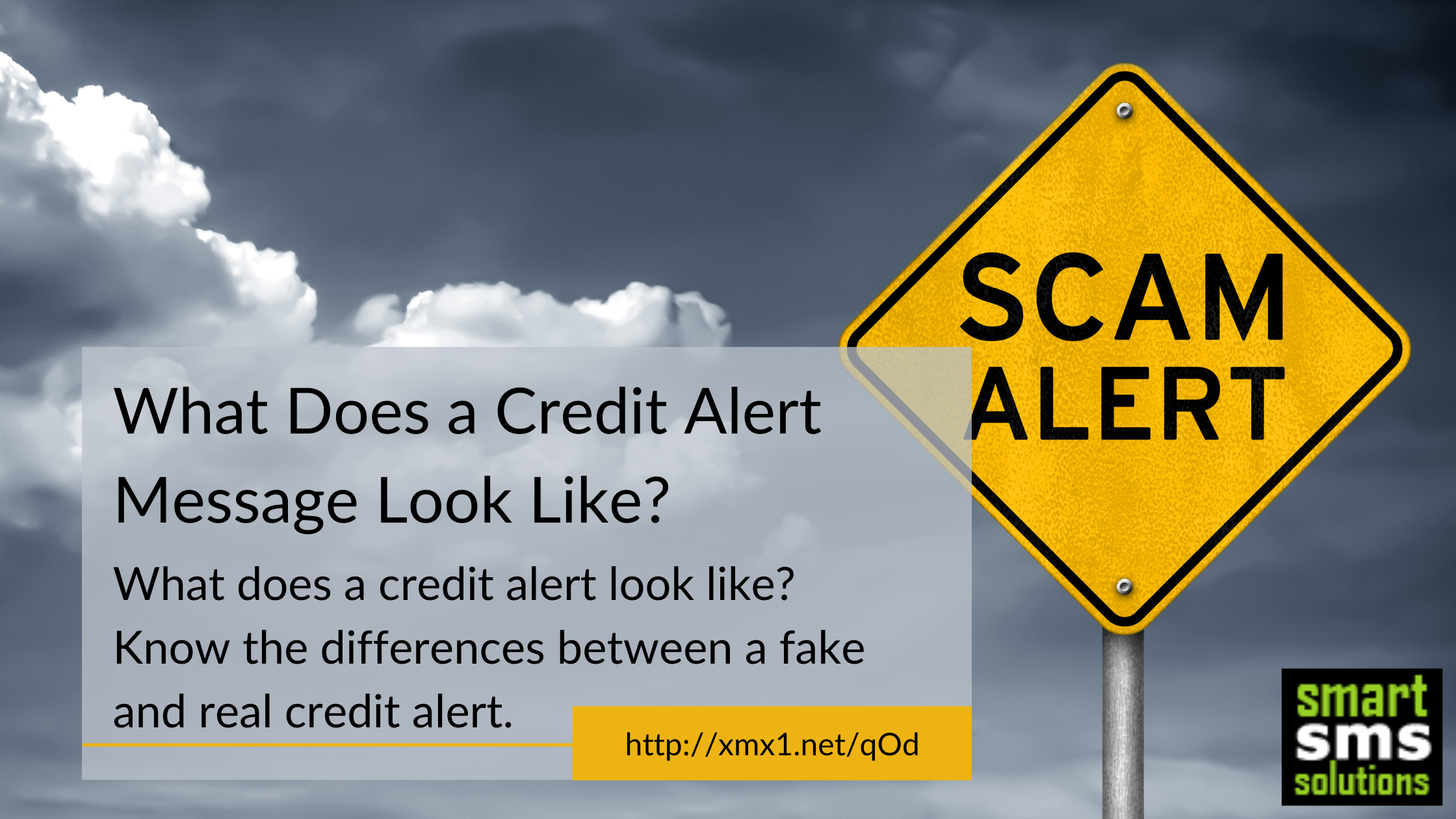As a bank customer, one of the notifications you would receive on your registered number when money enters your account is the credit alert. Credit alerts are the type of bank alerts people always look up to, it would make anyone's day, and it is a mood lifter especially when you aren’t expecting money from anybody.
There are 3 different ways you can receive credit alert messages from your bank
1. SMS notification: A credit alert comes in the form of a text message from your bank, notifying you that a certain amount of money entered into your account.
2. Mobile application: The credit alert appears on your mobile application, when you have access to the internet you can view transaction history on the notification bar of your bank application.
3. Email notification: Your bank also notifies you if your email is part of the channel you choose to receive notifications, and this is one of the surest ways to receive a credit alert.
Today, a lot of people use fake credit alerts to do fraudulent activities like defrauding victims of their money and goods.
A fake credit alert involves using a short message service also known as bulk SMS that looks like a real bank alert to defraud an unsuspecting victim. Most of these fraudsters do these with the help of applications like Flash fund app, money prank pro, and fake alert maker amongst others.
A lot of people have fallen victim to these fraudulent acts. I have a cousin who worked in a shop where they sell baking items, one day he sold goods worth 200,000 Naira for his boss and the buyer did a fake transfer as payment for the goods. He called his boss to confirm if he has seen the alert, the boss who is a very busy man didn’t bother looking at the content of the alert, he confirmed and that was how the buyer left with the goods, it was later that the man confirmed that the alert was fake but it was already too late.
As a business owner, you need to be aware of these activities and how to avoid them. These individuals need your phone number and bank details for them to carry out the fake transfer. If they do not have your number it will be impossible for them to do the fake transfer. In this article, we are going to consider the difference between a fake credit alert message and a real credit alert message, what it looks like, and how to avoid being a victim of these activities going on.
Firstly, you need to know the differences between a fake alert and a real one, these are
1. A fake alert will never reflect in your account balance i.e. it won’t add up with what you previously had in your account, a real credit alert will reflect in your account balance. If you receive a credit alert of 2500 naira and your previous balance is 4500, the expected balance that should show in your account balance is 7000 naira, if it shows otherwise, it is not real.
2. A fake alert has misspellings, for example, after the amount, it is CR not cr, and there is no full stop after the name of the bank or NGN before the amount.
Knowing the differences alone might not help because a lot of times it is not noticeable, here are a few tips that will help you identify a fake alert and also help you avoid it.
1. As a business owner, you should have your email address linked to your account. Always confirm every credit alert via your email.
2. Confirm if the credit alert you received contains your available balance
3. Check your account balance via USSD or mobile application
If you find this article helpful and you have any questions regarding avoiding risks in your business, comment or email us @
You can also be part of SmartSMSSolutions by registering a free SMS account with us.
Get to know how to send Bulk SMS from your Phone.


